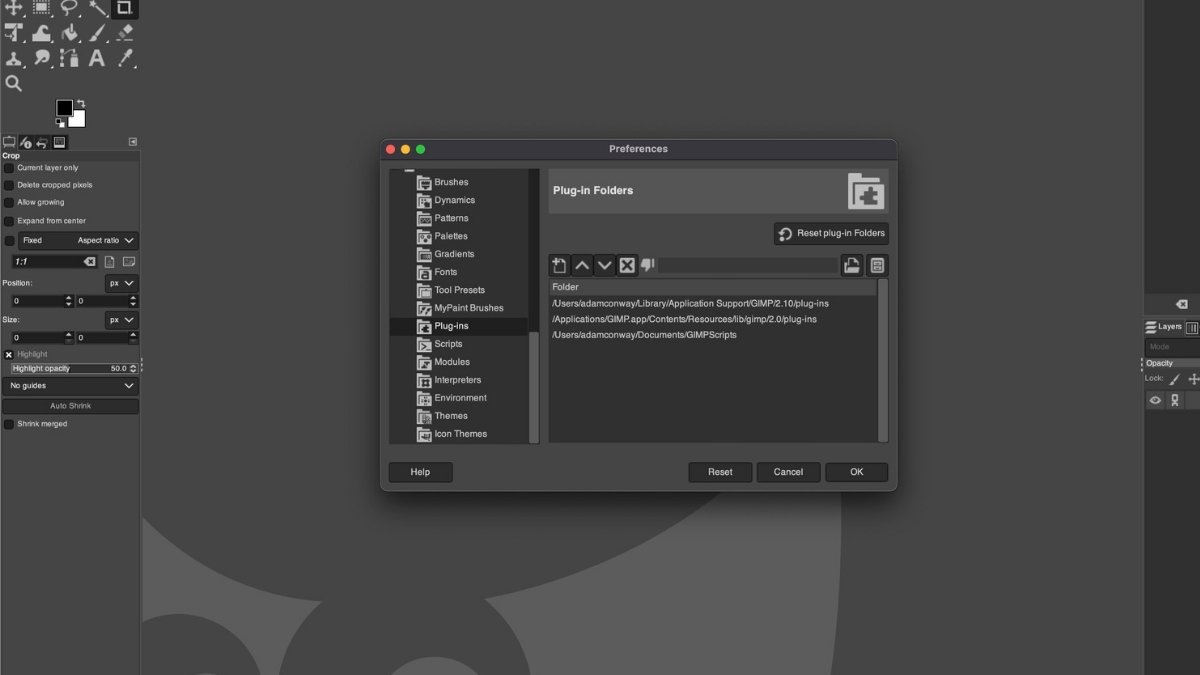
In the ever-evolving world of technology, open-source applications are gaining traction as viable alternatives to proprietary software. With advancements in security, customization, and community-driven development, 2025 is the perfect time to make the switch.
Here are five compelling reasons to try open-source apps this year:
1. Enhanced Privacy and Security
Privacy concerns are at an all-time high, and open-source apps offer a transparent solution. Unlike proprietary software, where the source code remains hidden, open-source applications allow public scrutiny. This means vulnerabilities are quickly identified and patched by a global community of developers, reducing the risk of hidden tracking or data misuse.
2. Cost-Effective and Free to Use
One of the biggest advantages of open-source software is that it’s often free or available at a fraction of the cost of proprietary alternatives. This makes them ideal for individuals, businesses, and organizations looking to cut software expenses without compromising on quality or functionality.
3. Greater Customization and Flexibility
Unlike closed-source applications, open-source software allows users to modify and tailor the code to meet their specific needs. Whether you’re a developer looking to create unique features or a casual user wanting more control over your software experience, open-source apps provide the flexibility to customize tools to your preference.
4. Community-Driven Support and Development
Open-source projects thrive on community collaboration. Developers from around the world contribute to enhancing these apps, ensuring continuous improvements, regular updates, and reliable support. Instead of relying on a single company for troubleshooting, users benefit from forums, documentation, and direct engagement with contributors.
5. Reduced Dependence on Big Tech
With increasing concerns over monopolies in the tech industry, open-source software offers a way to break free from corporate-controlled ecosystems. Using open-source applications reduces reliance on major tech companies, giving users more control over their digital lives and fostering a more diverse software landscape.
